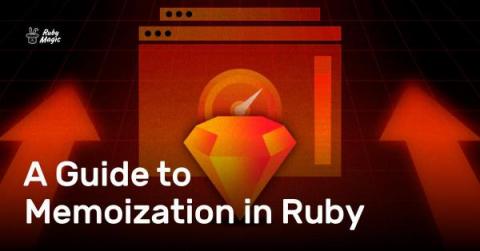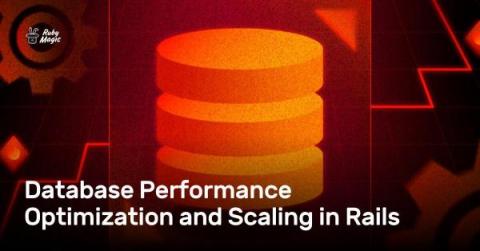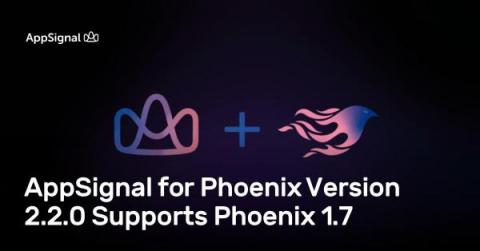A Guide to Memoization in Ruby
Memoization is a caching technique to make your Ruby application run more efficiently and faster. In this post, we'll look at the benefits of memoization and when to use it in your Ruby application. We'll also look at some memoization mistakes to avoid. Let's first start by looking at code optimization — what it is and some of the different optimization techniques available.






